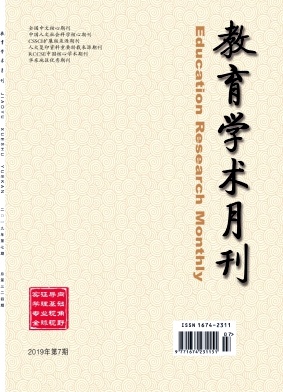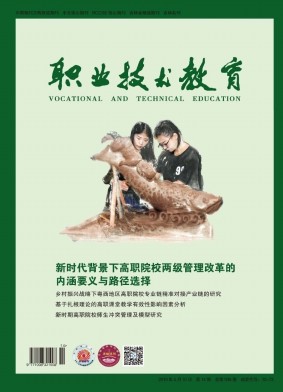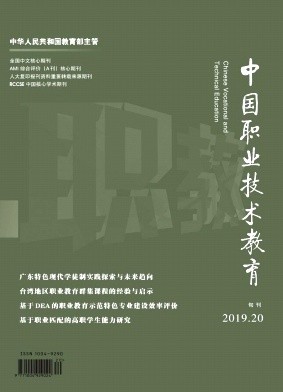摘要 目的了解盐业市场化改革(2017年)后宁夏回族自治区(简称宁夏)中卫市碘缺乏病监测情况。方法2018年在中卫市辖区沙坡头区、中宁县和海原县,每个县(区)按照东、西、南、北、中划分5个抽样片区,每个片区抽取1个乡镇,每个乡镇抽取3家食盐销售网点;同时,在各县(区)城区所在地抽取3家超市,对销售网点和超市的不同品种食盐进行现场半定量检测。2016-2020年分别在3个县(区)的5个抽样片区,每个片区抽取1个乡镇,每个乡镇抽取1所小学,每所小学抽取8~10岁非寄宿制学生40人(年龄均衡、男女各半);同时,每个乡镇抽取20名孕妇,采集儿童、孕妇家中食用盐盐样,检测盐碘含量。2018-2020年按照《宁夏碘缺乏病监测方案(2016版)》要求,采集所抽取儿童、孕妇的随机尿样,检测尿碘含量。2018、2019年采用B超法测量抽取儿童甲状腺容积,计算甲状腺肿大率。结果2018年中卫市市场供应食盐13种,共检测盐样130份,检出非碘盐11份,非碘盐率为8.46%。2016-2020年中卫市合格碘盐食用率依次为90.33%(813/900)、67.89%(611/900)、78.67%(708/900)、91.56%(825/901)、94.44%(850/900)。2018-2020年8~10岁儿童尿碘中位数依次为189.33、195.64、222.10μg/L,孕妇尿碘中位数依次为158.21、158.01、171.84μg/L。2018、2019年8~10岁儿童甲状腺肿大率分别为1.75%(7/400)、0.67%(4/600)。结论盐业市场化改革后,中卫市2017、2018年合格碘盐食用率下降,但儿童和孕妇碘营养充足,儿童甲状腺肿大率控制在较低水平。 Objective To understand the surveillance of iodine deficiency disorders(IDD)in Zhongwei City of Ningxia Hui Autonomous Region after marketization reform of salt industry(2017).Methods In 2018,Shapotou District,Zhongning County and Haiyuan County of Zhongwei City were divided into five sampling areas according to the location of east,west,south,north and middle.In each area,one township was selected,and three salt sales outlets were selected from each township;at the same time,three supermarkets were selected from the cities and towns of each county(district),and different kinds of salt samples in all sales outlets and supermarkets were tested semi-quantitatively.From 2016 to 2020,Shapotou District,Zhongning County and Haiyuan County of Zhongwei City were divided into five sampling areas according to the location of east,west,south,north and middle.One township was selected from each area,and one primary school was selected from each township,40 non-boarding students aged 8-10 years old(age balanced,half males and half females)were selected from each primary school;at the same time,20 pregnant women were selected from each township,and salt samples were collected from houses of children and pregnant women to test salt iodine content.From 2018 to 2020,according to the"Ningxia Iodine Deficiency Disorders Surveillance Program(2016 Edition)",random urine samples of children and pregnant women were collected to detect urinary iodine content.In 2018 and 2019,the thyroid volume of children was measured by B-mode ultrasound,and the goiter rate was calculated.Results In 2018,13 kinds of salt were supplied in the market of Zhongwei City,a total of 130 salt samples were tested,and 11 samples of non-iodized salt were detected,with a rate of 8.46%.From 2016 to 2020,the consumption rates of qualified iodized salt in Zhongwei City were 90.33%(813/900),67.89%(611/900),78.67%(708/900),91.56%(825/901)and 94.44%(850/900),respectively.From 2018 to 2020,the medians urinary iodine of children aged 8-10 years old were 189.33,195.64,and
出处 《中华地方病学杂志》 CAS 北大核心 2021年第5期385-389,共5页 Chinese Journal of Endemiology
分类号 R59 [医药卫生—内科学]




